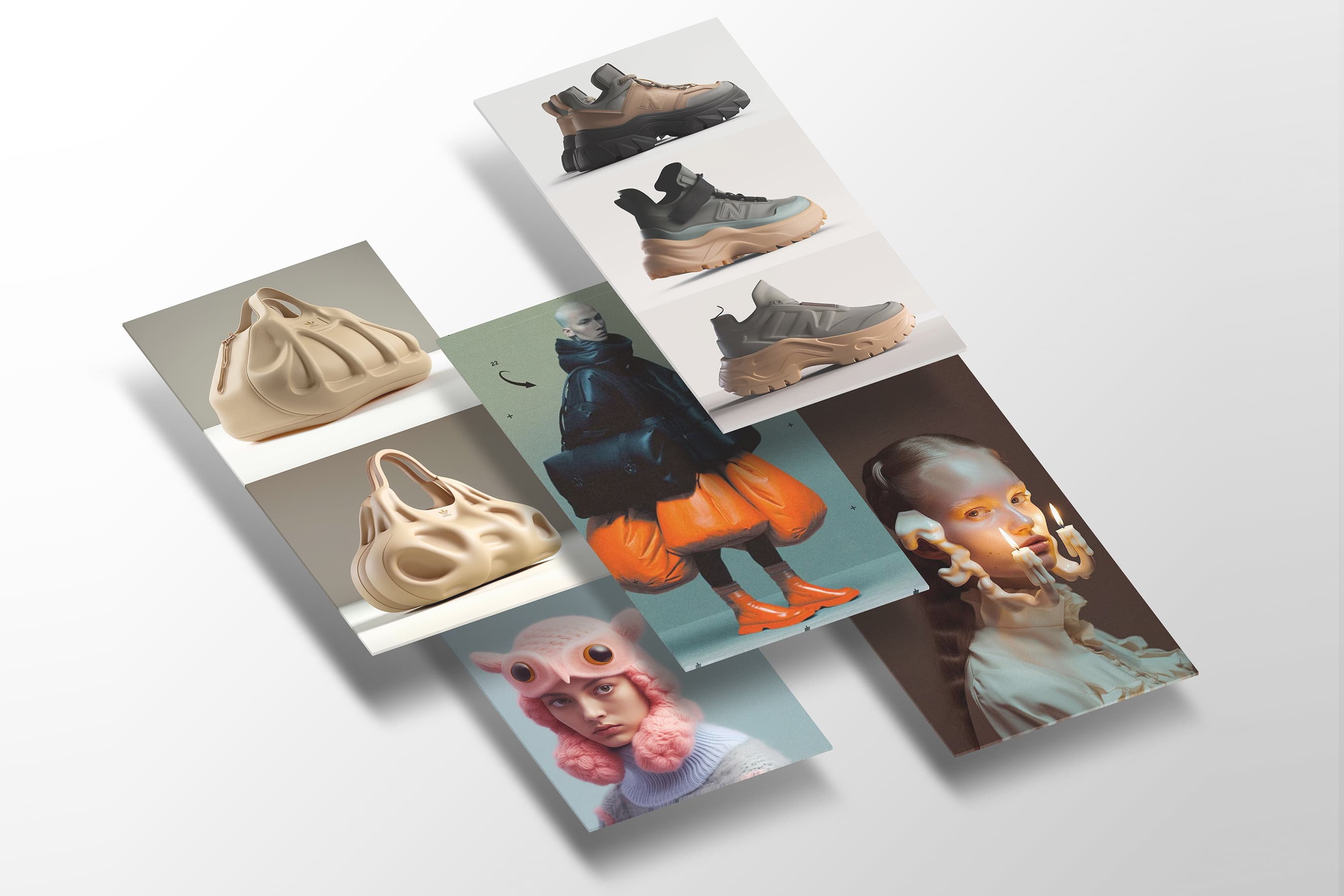Enhancing Efficiencies or Replacing Creativity – Should We Be Worried? The Quid Pro Quo Explored.
By Lizzy Bowring
Gone are the days when artificial intelligence (AI) was merely a figment of our imagination. Today, AI is a pervasive force that has already left its mark, permeating every sector of society. Its influence continues to expand, transforming how we work, communicate, and interact with the world around us. But with the ensuing controversies around protection regulations and the fear of the unknown, the debate of good or evil continues to rage as we grapple with the implications of this powerful technology. Many argue that AI is a friend, augmenting our creative abilities and offering new tools and possibilities. The Impression explores the friend or foe debate surrounding AI and its impact on the future of creativity within fashion and related businesses.
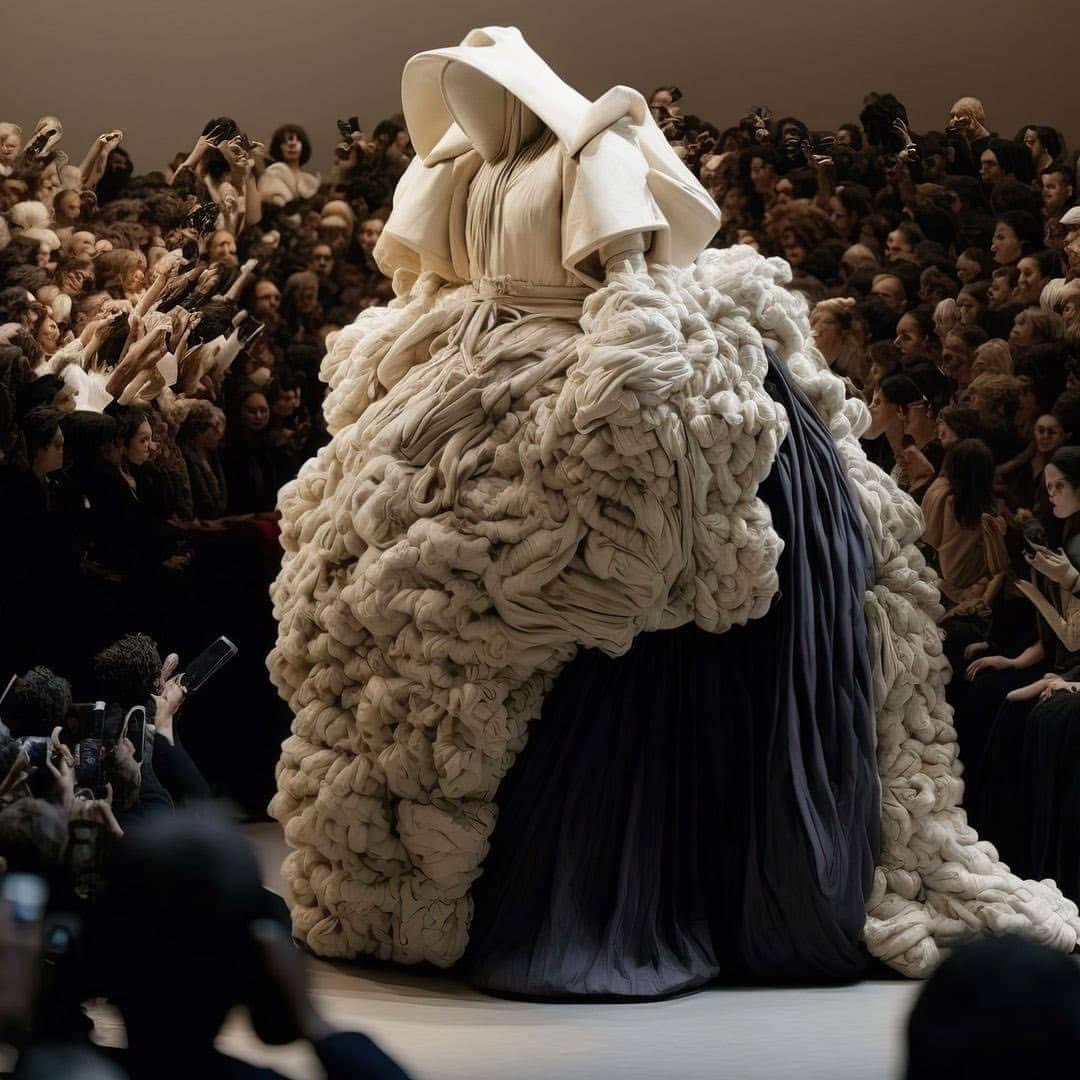
First, let us clarify what AI means. AI refers to machines and computer programs’ ability to perform tasks that traditionally require human intelligence. With AI, devices can be trained to recognize patterns, learn from data, and make informed predictions or decisions based on that information. AI encompasses a variety of subfields, including machine learning, natural language processing, computer vision, and robotics.
And while AI can potentially enhance human demonic creativity in many ways, its impact on the technological process has sparked a lively debate and some heated articles on the incredibly controversial need for caution from Industry soothsayers such as Bill Gates. Recently Elon Musk (who employs AI for his technologically advanced ‘chariots’) called for these types of AI systems to be suspended amid fears the race to develop them was out of control and a threat to humanity. In an open letter from Future of Life Institute signed by technological luminaries, including Apple co-founder Steve Wozniak, major players in the tech industry want development to be halted temporarily, warning of potential risks that future, more advanced systems might pose.
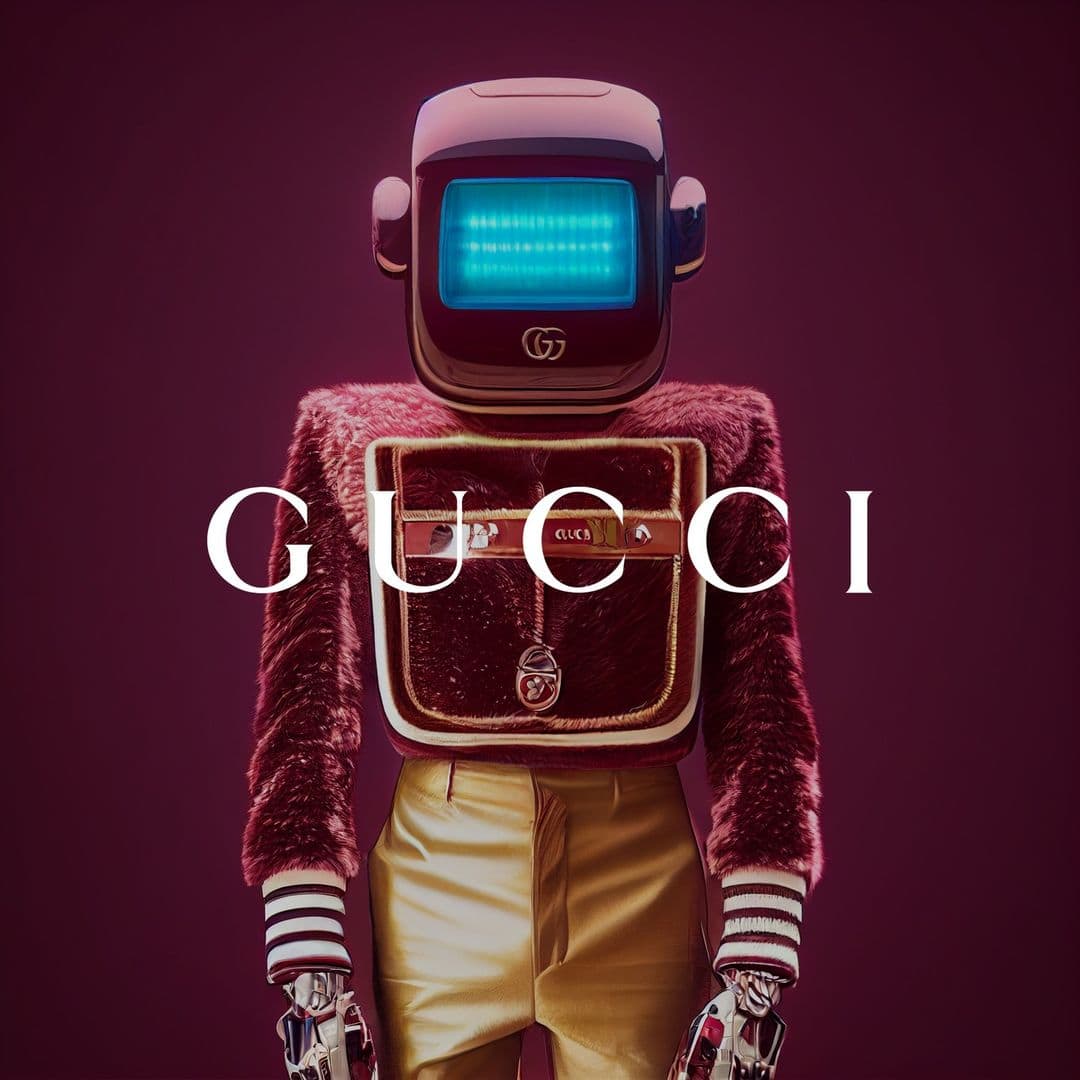
“AI systems with human-competitive intelligence can pose profound risks to society and humanity.” The Future of Life Institute is a not-for-profit organization whose mission is to “steer transformative technologies away from extreme, large-scale risks and towards benefiting life.”
A recent Goldman Sachs report said that while AI would likely increase productivity, millions of jobs could become automated. Other risks include weaponized disinformation, plagiarism, and demotivation in education. Additionally, there is concern that advanced AI systems in the future could pose a more general threat to human control over our civilization. The letter states that taking sensible precautions to mitigate these risks is essential, as the cost of implementing safeguards is small compared to the potential consequences.

The BBC UK program with Laura Keinsberg led a controversial ‘chat’ with Skype billionaire Jaan Tallinn: Should we Shut Down AI? He provokes that the world needs to be wary. Due to its dependency on human teaching, pre-training poses a risk. Indeed this is the tip of the iceberg! The argument is escalating even further with the Italian ban on ChatGTP (US start-up OpenAI and is backed by Microsoft) amid privacy concerns.
On the other hand, others argue that AI is a friend, augmenting our creative abilities and offering new tools and possibilities. AI can bring significant benefits, such as increased efficiency, improved decision-making, and enhanced creativity, not to mention advances in healthcare, film, Image recognition, Social media, and Financial markets. As the debate of good or evil surrounding AI continues, it is clear that this technology will play a critical role in shaping our future. It is up to us to ensure that it is used for the greater good. In this article we will focus on–
- Demystifying and Understanding AI: Its Components and Capabilities
- AI and the Creative Process: From Inspiration to Innovation
- The Power of Collaboration: How AI and Human Creativity Work Together
- Debating the Ethical Implications of AI in Creative Industries
- Quid Pro Quo: Exploring the Future of Creativity
Demystifying and Understanding AI: Its Components and Capabilities.
AI is a vast umbrella that embraces several components and capabilities, all of which have the potential to revolutionize creativity.
Although much of the recent criticism is leveled at ChatGTP, we need to understand that it is not the only intelligence that sits under AI, a vast umbrella that embraces several components and capabilities, all of which have the potential to revolutionize creativity by enabling machines to perform tasks that were once the sole domain of humans.
And while the debate swirls around whether AI will be a friend or foe, it is clear that AI has significant attributes that will impact creativity in the future.
First, it is essential to understand the general components, which include the following five primary signifiers:
- Machine Learning: enables ‘machines’ to learn from data without being explicitly programmed. Algorithms allow machines to improve their performance on a task by learning from experience.
- Natural Language Processing (NLP): The ability to enable machines to process and analyze vast amounts of human language data and extract insights from it.
- Computer Vision: Enables machines to recognize objects, people, and other visual features in images and videos.
- Robotics: This involves performing tasks that are usually done by humans and consist of integrating AI, computer vision, and other technologies.
- Neural Networks: Learning algorithms modeled after the human brain’s structure and function, enabling machines to learn complex patterns and relationships in data.
But its capabilities are even more far-reaching, particularly when it comes to the ability to impact creativity:
- Pattern Recognition: the ability to identify patterns, trends, and new creative ideas and solutions in large data sets that humans might not be able to detect
- Prediction: analyze historical data to predict future trends and behaviors, which can help creatives to anticipate what their audience may want and tailor their creative output accordingly.
- Automation: automate routine and repetitive tasks, freeing creatives to focus on more innovative and creative work.
- Personalization: analyze individual preferences and behavior data to personalize creative content and experiences for different audiences.


“Life 3.0” by Max Tegmark ( a must-read bible for those interested in exploring this topic further) offers a thought-provoking look as he discusses the potential impact of artificial intelligence on creativity and its broader implications for society. Tegmark argues–
As AI continues to advance, it has the potential to transform not just how we work but also how we live and create. He explores the idea that AI could enable us to enhance our creative abilities and develop new forms of art and expression that we cannot yet imagine. However, he also cautions that we need to be mindful of the potential risks, such as bias or unintended consequences, and ensure that we develop AI in a way that aligns with human values and interests.
AI and the Creative Process: From Inspiration to Innovation.
AI can be used to analyze vast amounts of data to assist in identifying trends, patterns, and preferences, providing a valuable starting point for developing new ideas or concepts.
AI is increasingly becoming a valuable tool for designers, transforming the creative process from inspiration to innovation. At the outset, it can assist in the research procedure, helping to identify trends, patterns, and preferences through the analysis of vast amounts of data, providing a valuable starting point for those seeking to develop new ideas or concepts, and freeing up time to focus on more critical and creative aspects of their work. AI can test and generate various design options as the process progresses, allowing creatives to refine their concepts quickly, proving it to be a crucial tool for designers, and demonstrating how increasingly important it is to acquire the necessary skills and knowledge to work effectively. It can simulate how a product looks, feels, and performs in the real world, enabling designers to make informed decisions about the final design. Finally, AI can streamline the production and distribution process, enhancing efficiency in manufacturing and marketing. The Fabricant, DressX, and CLO3D, although quite different from each other, are excellent examples of leveraging advanced technology incorporating computer vision and generative design to offer innovative and sustainable solutions.
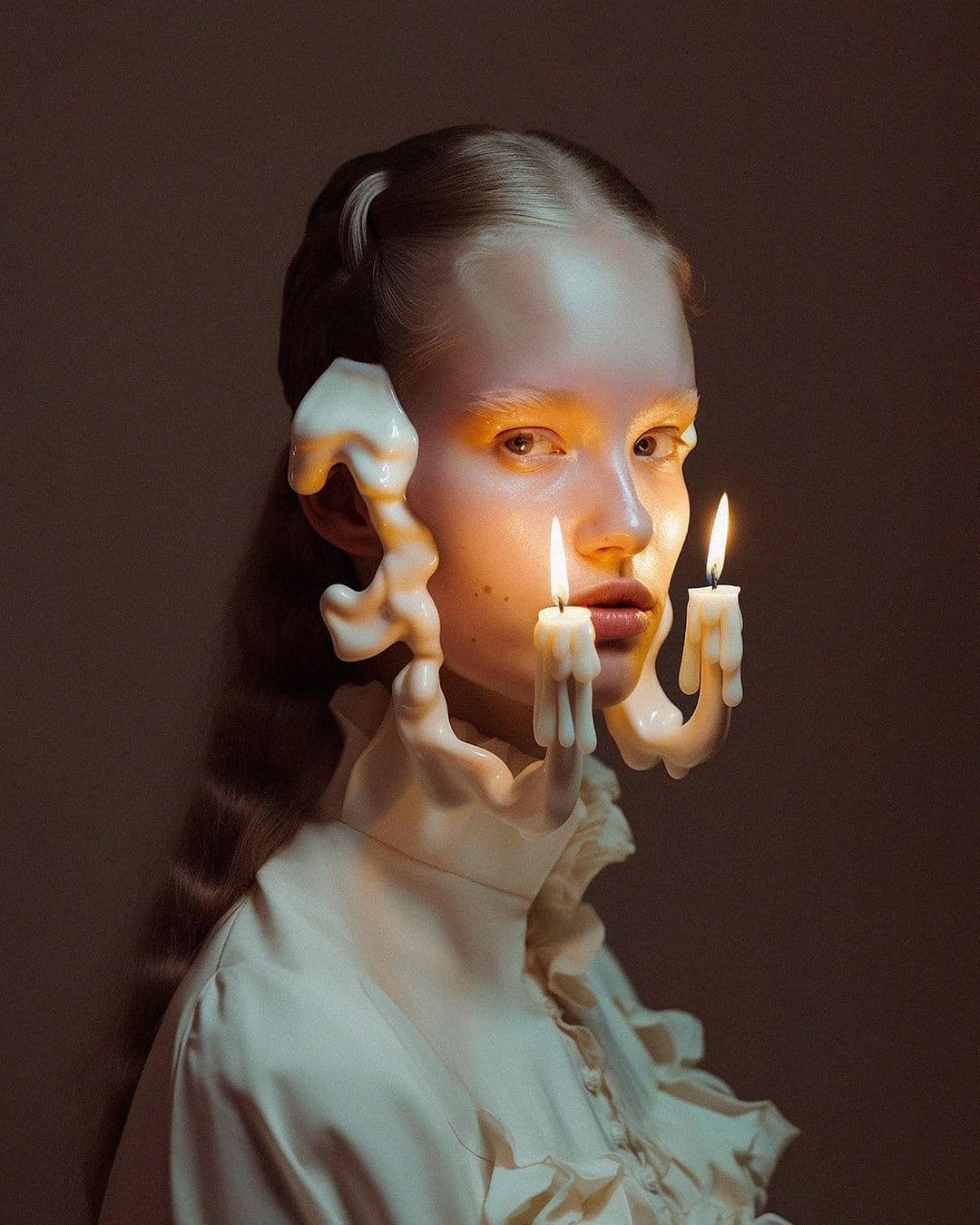


CLO3D is a fashion design software used by designers, product developers, and manufacturers to simulate digital garments and prototypes, improving the efficiency and accuracy of the design process. The program creates 3D prototypes, which can help reduce the time and cost of traditional sample-making while lowering costs and environmental impact. AI is used to include fabric simulation, fit analysis on virtual models, automated pattern generation, material selection, garment designs, and fabric properties on virtual models. It also uses machine learning algorithms to learn from historical design data and customer feedback to provide designers with insights into current trends and consumer preferences.
And on ecological awareness, the digital fashion house, Fabricant, creates virtual fashion pieces using 3D design software and advanced technologies such as computer vision and machine learning. The company aims to promote sustainability by reducing the environmental impact of physical garment production through virtual clothing. Both companies are leveraging advanced technologies to revolutionize the fashion industry by offering new, innovative, and sustainable solutions.
On the other hand, DressX is a digital fashion marketplace that provides a wide range of virtual clothing and accessories designed by digital artists and fashion designers. It uses 3D rendering technology and AI-powered algorithms to create hyper-realistic virtual clothing on social media or in virtual worlds.
The Power of Collaboration: How AI and Human Creativity Work Together.
The benefit of collaborating with creatives to produce something new and unique is continually exciting concepts.
Integrating AI into the creative process has been a topic of much discussion and debate in recent years. While some may view AI as a threat to human creativity, others see it as a powerful tool that can enhance and transform the creative process.
However, the true power of AI lies not in its ability to replace human creativity but in its potential to ‘collaborate’ with creatives to produce something new and unique, unlocking new possibilities and pushing the boundaries of what is possible.
For example, AI can analyze vast amounts of data to identify patterns, trends, and preferences, providing a valuable starting point for human creatives seeking inspiration. AI can also generate a range of design options as a basis for creatives to refine and develop their ideas while allowing designers to focus more on the creative aspects of their work.
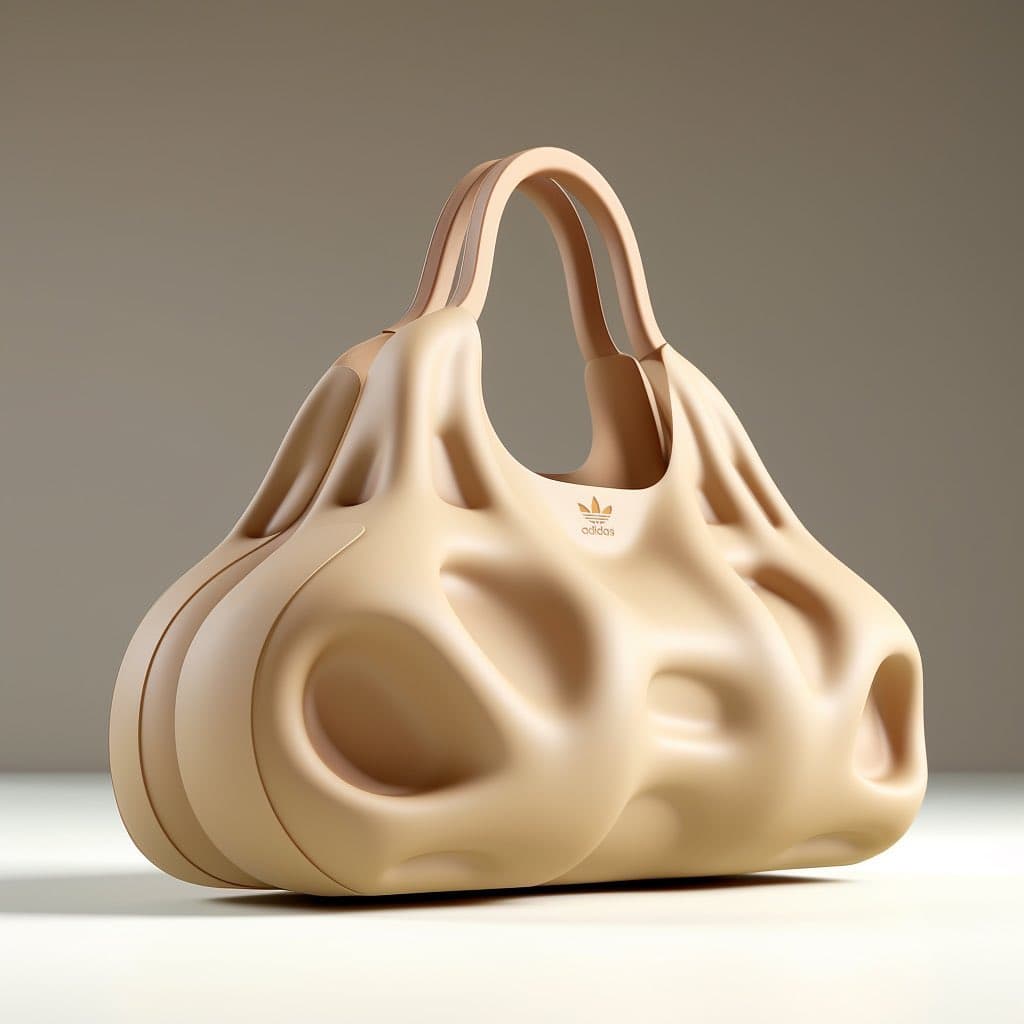





Ultimately, the power of collaboration lies in the ability to complement each other’s strengths and weaknesses. While AI can provide valuable insights and generate new ideas, human creativity brings the unique perspective and emotional connection that makes creative work powerful. By working together, both realms can create something more significant than the sum of their parts, paving the way for a new era of creativity and innovation.


CASE STUDY
In a conversation with Gabriele Moschin, Creative Director at SIGNOR* studio and Professor at NABA (Fashion & Communication), he explains a creative process he and his co-author Andrea Filippi (an “AI Creator”), recently published the first independent book/project mixing Poetry + Art in Italy, with the new generation of AI from OpenAI. And while the book, “Poesie dalla Macchina Pensante” (Poems from the Thinking Machine), is not entirely attributed to AI (ChatGPT and DALL-E), it is worthwhile understanding Moschin and Filippi’s approach to highlighting the intersection between technology and creativity.
First, one has to understand the whole picture of AI and distinguish between:
1. Weak AI – Weak artificial intelligence focuses on mimicking how humans perform basic actions such as remembering, perceiving, and solving simple problems.
2. AGI – AI that can mix the rationality of humans with new algorithms that can learn patterns and create new data based on that learning.
“It can think so fast, so profoundly that it can say to other machines, okay, let’s build this microchip like that. This form of intelligence can be 5000 times faster than us – the velocity and speed more than incremental”.
Moschin utilized the ChatGTP to allow the technology to be creative. Feeding the ‘machine’ with various topics for poetry, he could receive related verses within a moment. Is it scary that ChatGTP could accomplish this, or is it a shortcut capitalizing on someone else doing the work? Neither. The quality could be better, but the quantity is vast. The quality lacks human emotions, but the upside was Moschin’s ability to alter the text, giving the work the human art of putting pen to paper. As for the images in the book, these were generated by DALL-E by OpenAI [this has been done by Andrea, who fed DALL-E with text to get the images. DALL-E is an AI-powered image generation model that can create high-quality images of clothing and fashion products. Its capabilities include computer vision, deep learning, and generative design algorithms, enabling it to develop new and unique designs customized to consumers’ needs. Moschin is clear – “that AI technology is only as good as the information you feed it, while also having the power to adjust accordingly.” In the fashion industry context, ChatGTP can provide personalized fashion recommendations, answer customer queries, and provide fashion-related advice.
Debating the Ethical Implications of AI in Creative Industries.
Ensuring that the integration of AI in the fashion industry does not result in worker exploitation or the devaluation of human creativity.
As AI continues to transform the creative industries, it has become increasingly important to consider the ethical implications of its use. While it possesses the potential to enhance creativity and innovation, the question is raised on a host of ethical concerns that must be carefully considered and addressed.
One of the primary ethical concerns with AI is for it to replace human creativity and labor; this could lead to widespread job displacement, particularly for those working in industries that rely heavily on creative work. It is vital to ensure that the integration of AI in the Fashion arena does not lead to the exploitation of workers or the devaluation of human creativity.
Another ethical concern is the potential for AI to perpetuate existing biases and inequalities, where AI algorithms can be trained on partial data that reflects the historical lack of diversity in the industry, which could result in AI perpetuating discriminatory practices and limiting opportunities for underrepresented groups.
Moreover, AI raises important questions about data privacy and ownership. As this technology becomes increasingly sophisticated, it will need access to vast amounts of data to function effectively. However, this data is often collected from individuals without their consent or knowledge, leading to concerns about data privacy and the use of personal information, including exploring how to mitigate the potential negative consequences of AI while harnessing its positive potential to drive innovation. It is essential to ensure that the integration of AI is done in a way that respects human rights and promotes diversity, equity, and inclusion.
Quid pro-Quo Key Takeaway: Exploring the Future of Creativity.
The potential of joint creativity provides unlimited scope for future design if handled correctly.
As the role of AI continues to evolve, it is fascinating to explore the potential impact on the future of creativity. There are several examples of how AI is already transforming this process in the fashion industry, and the following are just the tip.
One of the primary ways in fashion is to facilitate the creation of virtual fashion pieces. Companies, as mentioned, like The Fabricant and DressX, are leveraging AI to design and create digital clothing that can be worn on social media platforms or in virtual worlds. These virtual pieces not only offer a sustainable alternative to physical clothing but also provide a canvas for creativity that is not limited by the constraints of the physical world.
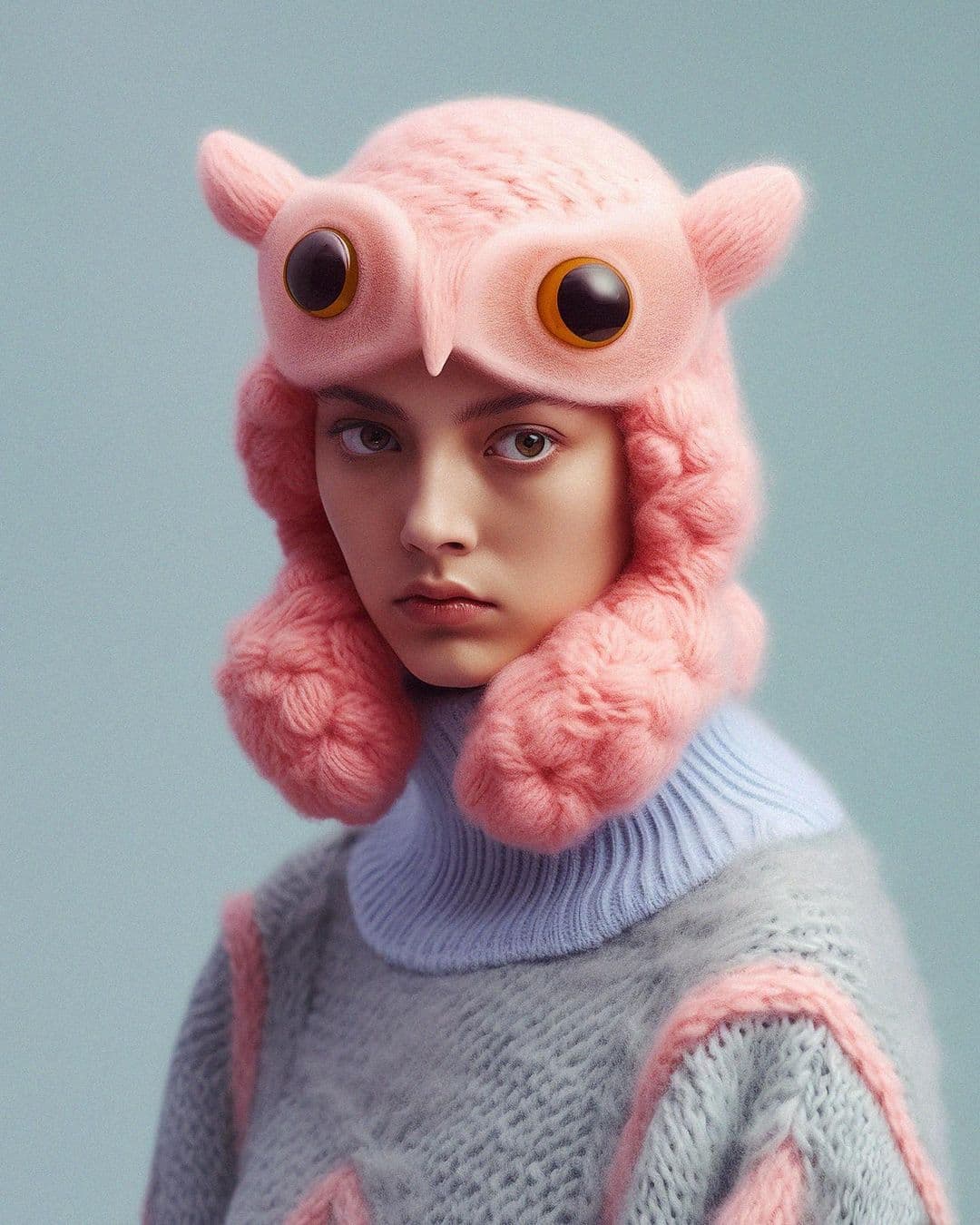



AI is also used to generate new design concepts and provide insights into emerging trends. Companies like CogniFashion and Heuritech use AI algorithms to analyze vast amounts of data and provide designers with valuable insights into consumer preferences and emerging trends, assisting designers in developing more innovative and relevant collections while reducing the time and cost of traditional market research.
AI has the potential to revolutionize the fashion industry by providing new and innovative ways to personalize the shopping experience, optimize inventory, and improve efficiency throughout the supply chain. It also offers new possibilities, opening up avenues of creativity and ultimately leading to more innovative and sustainable fashion solutions. And by streamlining the production and distribution process, AI can help to reduce waste and inefficiencies while optimizing manufacturing processes and improving production efficiency.


A new employment era opens as AI evolves, with an increasing demand for professionals with skills in machine learning, natural language processing, robotics and automation, data analysis, cybersecurity, and human-machine interaction.
But at the end of the day, AI’s ethical, social, and security implications are under fire. While bringing many benefits, it is essential to address concerns and ensure that principles of fairness, accountability, and transparency guide the development and deployment of AI technology.
In an excerpt from Sam Altman: OpenAI CEO on GPT-4, ChatGPT, and the Future of AI | Lex Fridman Podcast, the creator agrees with Fridman “that it matters to consider when we put in all this effort, time, and money and then what “it” comes out with and how useful is that to people? How much delight does that bring, and how much does that help create a better world – that’s the one that matters”.
